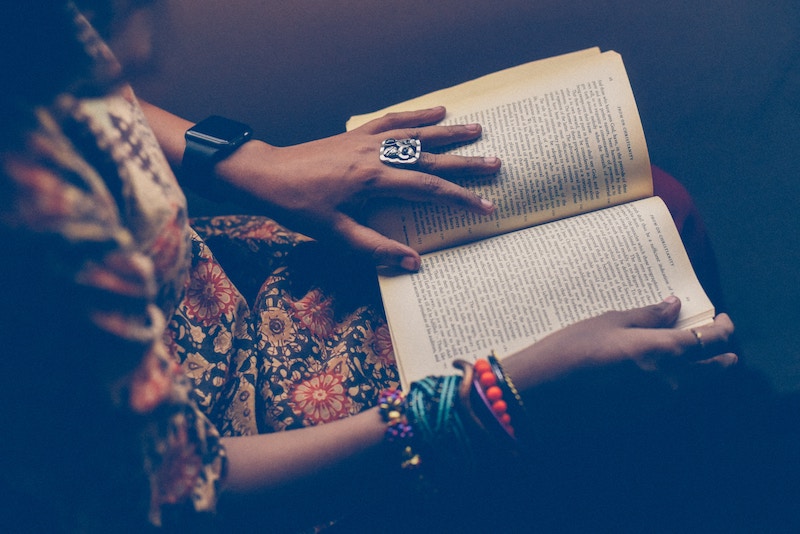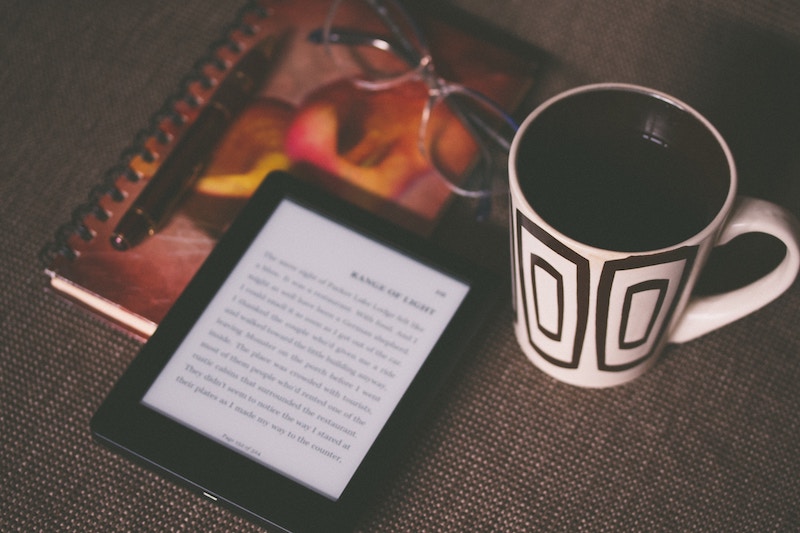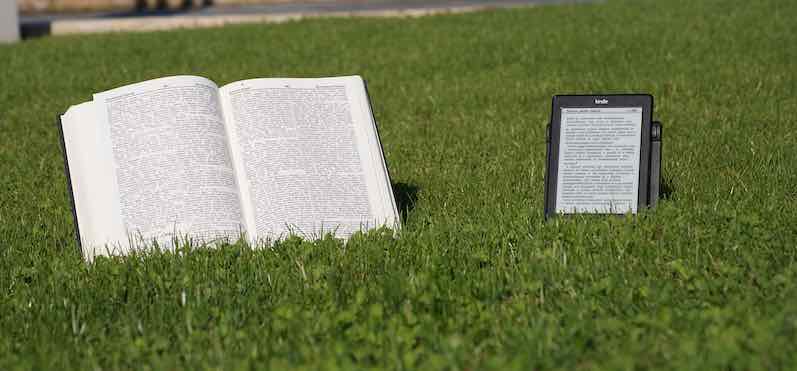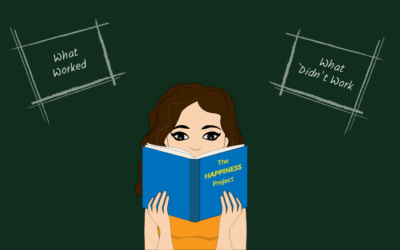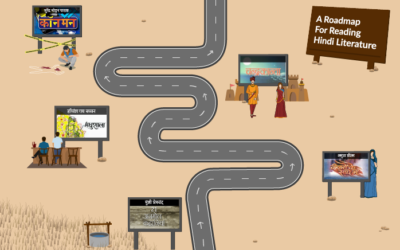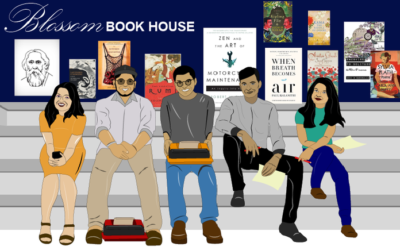Why I Started Reading E-Books (And Why You Should Too!)
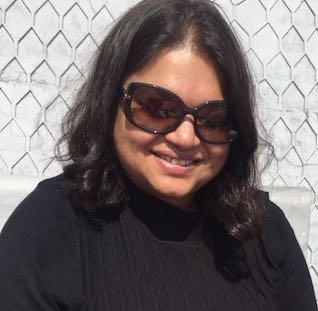
Devanshi Jain
December 01, 2017
Exchanging books with friends, borrowing from libraries, and straining to see what others are reading by trying to sneak a peek at the cover are all physical experiences I associate with books. It is also these physical experiences that help me emotionally connect with books.
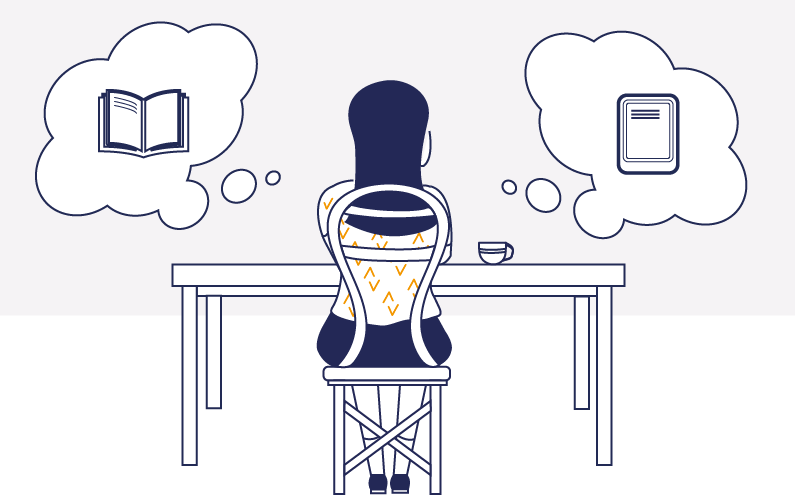
When I walk into someone’s house, I make a beeline for their bookshelf, run my fingers along the spines and usually end up finding at least one book I’ve already read. We then talk about memories associated with that particular book or how it has made a difference in our lives. We discuss the merits of books we’ve read, extrapolate theories and respectfully debate the themes discussed. Not only do I emotionally connect to books but also use them as a conduit to forge connections with others.
Losing a favourite book, donating or even swapping one I no longer want, is an emotional experience. However, I think nothing of deleting a book off my iPad with the touch of a button.
Over the past few years, due to my largely nomadic lifestyle, I have had to shift to e-books in order to always have a book at hand. I started off by lugging a few books with me everywhere I went but found myself out of reading material fairly soon. As someone who needs to read every day, this was unacceptable and e-books were a practical solution. I could download hundreds of titles, never run out of books to read and also be able to carry my favourites with me. I began by reading on my phone but now use the Kindle app on my iPad as the larger screen is easier on the eyes.
What I like most about reading e-books is access to thousands of books, which are not available in print. The Kindle store has some great self-published books and with my subscription to Kindle Unlimited, I can experiment freely.
However, I still prefer to read certain books only on paper. I am better at making connections and at retaining what I read on paper. In a study, where subjects were given a 1000-1200 word text to read with no restriction on how long they can take to read it, participants who read it on paper were able to remember the information better than those who read it on a screen. Personally, I find it more useful to read reference material, non-fiction and books with complex plots on paper.
- You don’t need to own a Kindle to read e-books. You can download the Kindle app onto any, or all of your screens and read on it. You can also shift seamlessly between devices.
- Start by reading some light fiction instead of a complex book like The Fountainhead.
- Sign up for Bookbub or The Fussy Librarian to receive a daily newsletter notifying you of deals on popular books in the genres of your choice. Sometimes, you can even get these e-books for free!
- Once you’re a few books in and ready for a bigger commitment, sign up for Kindle Unlimited and explore the catalogue to borrow obscure books and authors you’ve never heard of.
Give e-books a chance and make them a part of your life. Not only will you save a lot of money but you will also be able to carry around 1000s of books with you! Remember, print books and e-books are not mutually exclusive- you don’t have to pick sides; instead, pick what works for you based on the situation.
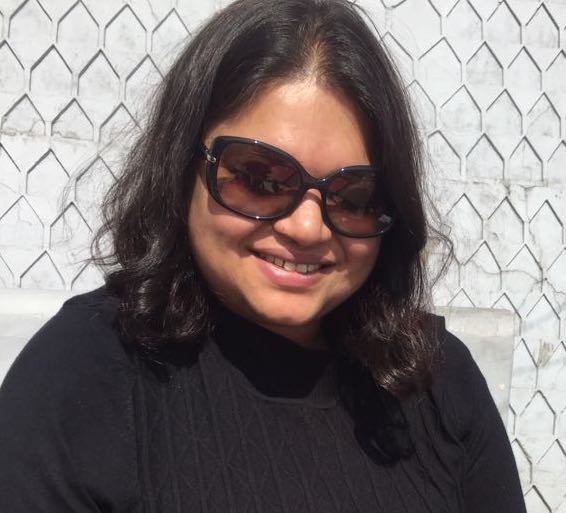
Devanshi has been reading ever since she can remember. What started off as an obsession with Enid Blyton, slowly morphed into a love for mystery and fantasy. Even her choice of career as a lawyer was heavily influenced by the works of Erle Stanley Gardner and John Grisham. After quitting law, and while backpacking around India, she read books on entrepreneurship, taught herself web design and delved into social media marketing. She doesn’t go anywhere without a book.
She is the founding editor of The Curious Reader. Read her articles here.

